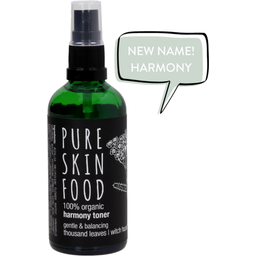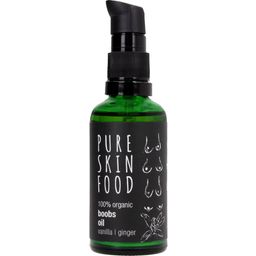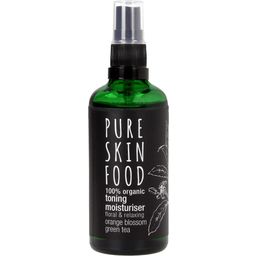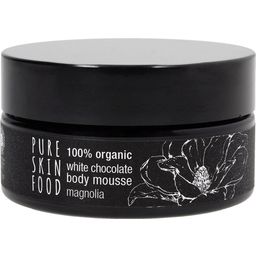

How to identify combination skin & properly care for it
Combination skin is not attributed to age. It can be linked to diet or using unsuitable skincare products. In today's blog post, we're revealing how to identify combination skin and how to properly care for it.
Combination skin is, as the term suggests, a combination of both oily and drier patches or normal areas that are visible on the complexion. The T-zone plays an important factor in that oiliness is apparent along the forehead and bridge of the nose. This area forms the shape of a "T" - hence, it is referred to as the T-zone. The outer area of the cheeks often displays dryness, however, this is not the case for everyone with a combination skin type.
Contrary to popular belief, combination skin is not associated with age. It is not restricted to puberty where the skin may be oily in some areas and drier in others. This can be linked to various reasons, however, it cannot be pinned down to one specific factor. Several factors may come into consideration:
- diet
- hormone levels
- using skincare products that are not suitable
- environmental influences
- stress
- mental stress
Another possibility may be that your body does not tolerate milk. A large number of the population lacks the enzyme in their bodies that is responsible for separating lactose in the digestive tract. This can lead to the occurrence of pimples, blackheads and combination skin.
Of course, it is possible that you are allergic to one or several types of food which could affect the composition or texture of the skin. Small blisters or red dots could be indicators thereof.
Hormonal supplements or contraceptives could also have an effect on the skin. This often appears as impurities on the decollete area. Many women notice this when swapping to alternative contraception methods or completely stop using them altogether.
Another factor could be errors made in your daily skincare routine. For instance, let's assume you suffer from very dry and dehydrate skin during winter which leads you to use highly moisturising formulas on the skin. During summer, the skin might require less assistance in the T-zone area, so to speak, due to increased temperatures and sun exposure. This then reveals itself in the form of an oily T-zone.
Conversely, it could be the case that you are using products for very oily skin that strip your skin of moisture which results in a deficit. This leads to an increase in sebum production and the skin becomes more greasy in certain areas.
Our Cleansing Oil with lavender and calendula is perfectly tailored towards combination skin: it regulates the skin's ability to produce sebum and balances oilier areas, and provides drier patches with sufficient moisture. It should be used in urgent situations to restore balance to the skin.
Additionally, we recommend using our Green Superfood Mask 1 to 2 times a week on blemished and combination skin types. It is rich in nutrients and minerals, such as zinc and calcium, that have anti-inflammatory and antimicrobial properties whilst accelerating the metabolism of the skin. The natural vitamin B3 content of maca and stinging nettle powder supports the regeneration process of the skin barrier, stimulates collagen production and minimises the appearance of redness. The mask is high in antioxidants that reduce the occurrence of blackheads.
Explore our range of products that are specially formulated for combination skin here.
Magazine Articles:
-
Delivery in 3 business days.
We deliver worldwide to
more than 40 countriesSecure payments
with SSL encryption technology




